From outside, the reports on HIV and AIDS often appear to contradict one another. Our expert Dr Kai Gesing explains the current danger posed by the human immunodeficiency virus (HIV) and how to interpret the numbers on our interactive world map.
About the person
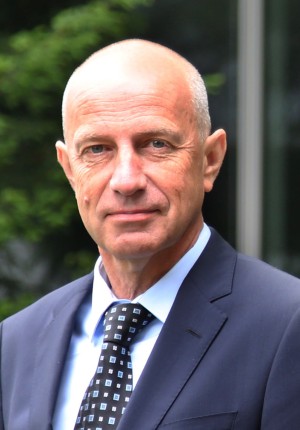
Dr. Kai Gesing is a physician and currently supervises health projects in Southern Africa for the KfW Development Bank.
Never before have there been so many people infected with HIV receiving treatment as there are today. And that's good news!
DR KAI GESING: That is very good news! On the one hand, for the people affected because they can live longer, healthier lives, even though the drugs can have considerable side effects. On the other hand, it has been shown that the number of viruses in the body fluids is greatly reduced by treatment if the people affected take the medication correctly and have not developed resistance to it. This also reduces the likelihood that the virus will be further transmitted.
This lowers the number of new cases. The UN organisation UNAIDS reported in 2017 that the number of people infected per year had fallen by 1.8 million. In 1997, this figure was 3.5 million, or almost twice as high. But the organisation is still not happy with this development. Why?
Because it's not happening fast enough. The United Nations has set itself the target of fewer than 200,000 new infections worldwide by 2030. While the downward trend is visible, and the rate continues to fall in many countries, the curve is levelling off. In a few regions the numbers of new infections are even on the rise. There is therefore reason to fear that this target cannot be reached.
Read more under the interactive world map.
0,09 persons
per 1,000 residents, 2016Source: World Development Indicators, The World Bank; UNCTADstat, own calculations
HIV is still considered to be incurable.
This is true because even though the virus can be prevented from multiplying, it cannot be completely eradicated. Even when the drugs are used successfully, the living viruses that are already in the person's body still remain. They cannot be destroyed.
Can't the root cause of the problem be addressed?
There is a single patient where this strategy worked. But it was unfortunately an unusual situation that cannot be replicated. Treating viral illnesses is always particularly difficult. Viruses land on the cell surface, disable the genetic system of the cell and ensure that the virus is reproduced. That's why the drugs don't just have to get into the bloodstream, they also have to penetrate the cells. In addition to their positive effect, they can cause damage because they also attack the genetic material of the cell. This can give rise to side effects. But they also prevent the infected cells from continuing to produce and release viruses which is why treatment focuses on reducing the viral load.
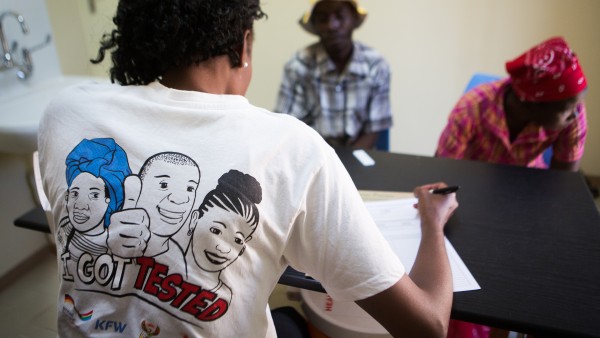
Hand in hand
The fight against HIV is expensive. People affected need medication, prevention campaigns have to be financed.
Now a disproportionately higher number of people are affected in developing countries than in the industrialised nations. 60 per cent of those affected worldwide live in Sub-Saharan Africa alone. Are these countries even in a position to fight the virus?
The people there need our support. At the United Nation's Millennium Summit in September 2000, the participating countries thus stated, among other things, their intention to intensify efforts to fight infectious diseases together. The Global Fund to Fight AIDS, Tuberculosis and Malaria (GFATM) was formed to achieve this goal. Many countries and private companies pay into this fund. Germany is one of the most important donors. The funds are used to finance all possible approaches to combating malaria, tuberculosis and AIDS.
And how exactly is the money used in the fight against AIDS? Is the main focus prevention and education, or are drugs also distributed?
There is a specific division of tasks. The GFATM primarily provides funds for drugs for those affected but hardly any preventative measures. To rectify this imbalance, KfW and the Gesellschaft für Internationale Zusammenarbeit mainly focus on preventative work.
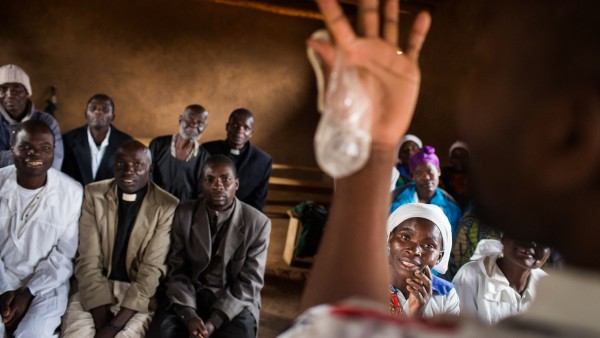
Health education
Condoms are an effective means of protection against HIV infection. This fact has to be widely spread, which is the only way to win the fight against the virus.
Does that mean handing out condoms?
Not only. Of course, sexual transmission is the most important. But it is not enough to just distribute condoms. We also need to raise awareness and create incentives to change behaviour. The range of preventative medical tools has also broadened in recent years. One example is pre-exposure prophylaxis. Partners of people infected with HIV take HIV drugs to keep from becoming infected. This is an effective measure.
Can you provide a few other examples?
Yes, we have found that the social environment in risk areas also plays a significant role. In South Africa, we work with young women who are economically dependent on "sugar daddies" who are infected with HIV. These men, who are usually older, persuade the women to engage in unprotected sexual contact with small gifts. We try to empower the women so that they are not forced to get involved with these men. In addition to sexual contact, the virus can also be transmitted when drug addicts share needles, through mother-to-child transmission and blood transfusions. In these areas, KfW has invested in various countries, for example, by strengthening blood banks and ensuring that blood reserves are pure, i.e. free of HIV.

In a nutshell
HIV prevention must be adapted to local circumstances. In Sub-Saharan Africa, this approach has been successful in many regions. The number of new infections is decreasing.
New statistics for the southern and eastern parts of Africa give reason to hope: the incidence of new infections there has fallen by almost 30 per cent since 2010, in children by as much as 55 per cent. How can this positive development be explained?
The successes in Sub-Saharan Africa firstly have to do with the realisation that HIV is a major problem that needs to be combated and requires massive investment. Secondly, since 2000, the available funds have risen every year and are now at a very high level. This level either needs to be maintained or further increased if we want to successfully end HIV in Africa.
At the same time, there are reports from the Middle East, North Africa and from Eastern Europe to Central Asia that the number of new infections there has risen by 60 per cent since 2010. How can this be?
Every country has specific particular characteristics that affect the transmission of HIV. In Central Asia and Eastern Europe, the primary cause of the epidemic is that drug addicts share dirty needles and become infected. In addition, addicts have poor access to care and diagnosis and often have to finance their drug consumption through prostitution. Especially in the Middle East, another problem is that HIV is a taboo subject and not acknowledged as a threat.
What measures can help contain the epidemic there?
The prevention campaigns there must be specifically adapted to meet local factors. In some regions, it is not possible to just encourage the use of condoms. Studies have shown that, in Central Asia for example, infection is most widespread among drug addicts. As a consequence, specific programmes focus their efforts on this target group. It is primarily a question of preventing drug addicts from sharing needles. Or some work to get people away from needles altogether by handing out methadone in tablet form.
Since the outbreak of the HIV epidemic in the 1980s, 78 million people around the world have been infected. Around 35 million have died from the result of the AIDS outbreak. Is the virus, as many claim, the scourge of humanity? Or can this statement be put into perspective?
I would say we have reached a crossroads. We have the opportunity to massively reduce the HIV epidemic worldwide within the next three decades and drastically scale back the number of new infections. But we have to continue to be aware of the disease. And this means that there will continue to be countries that are heavily dependent on grants and other support to fight the HIV epidemic in their country. The opportunities exist, and, unlike the plague, which AIDS is often compared to, AIDS can be eradicated.
Even though the root cause of HIV cannot be eliminated?
Yes! Because if transmission is reduced to zero, it is possible that no new cases will emerge. The people who carry the virus will keep it. And it will die with them.
Published on KfW Stories: Friday, 20 July 2018
The described project contributes to the following United Nationsʼ Sustainable Development Goals
Goal 3: Ensure healthy lives and promote well-being for all at all ages
Health is the goal, prerequisite and result of sustainable development. Supporting health is a humanitarian requirement – both in developed and developing countries. Around 39 per cent of the worldʼs population lives without health insurance. In poor countries, this amount even exceeds 90 per cent. Many people still die from diseases that are not necessarily fatal with the right treatment, or that could easily be prevented with vaccinations. Strengthening health systems, particularly by making vaccines widely available, can make it possible for us to drive these diseases back and even eradicate them by 2030.

All United Nations member states adopted the 2030 Agenda in 2015. At its heart is a list of 17 goals for sustainable development, known as the Sustainable Development Goals (SDGs). Our world should become a place where people are able to live in peace with each other in ways that are ecologically compatible, socially just, and economically effective.

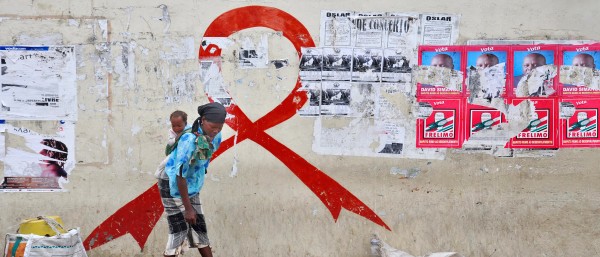

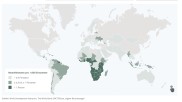

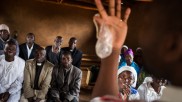
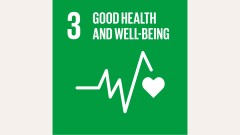
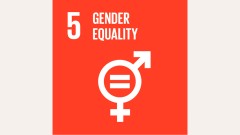

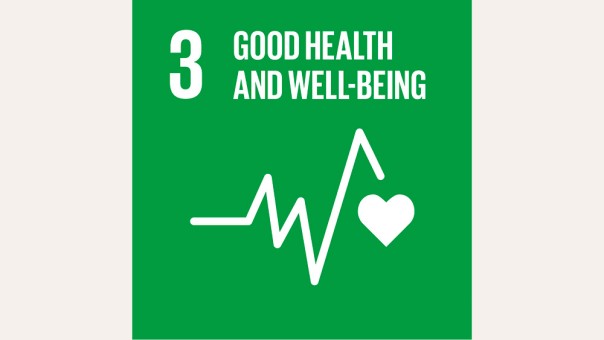
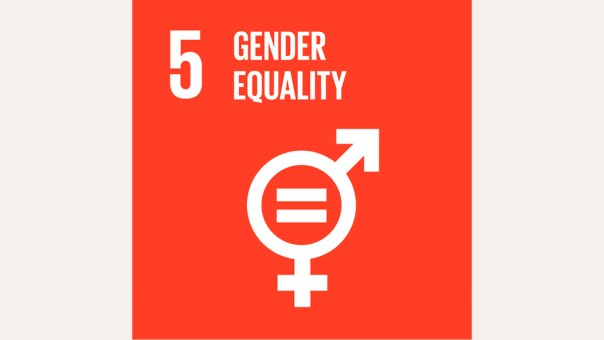

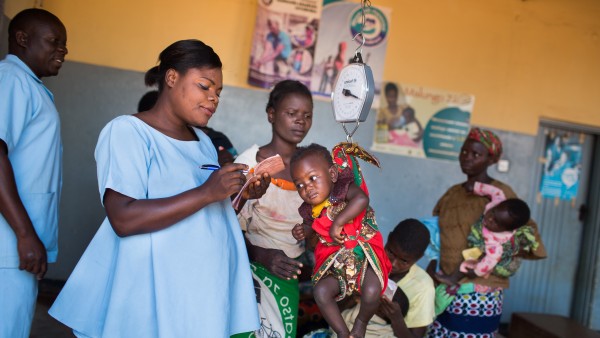
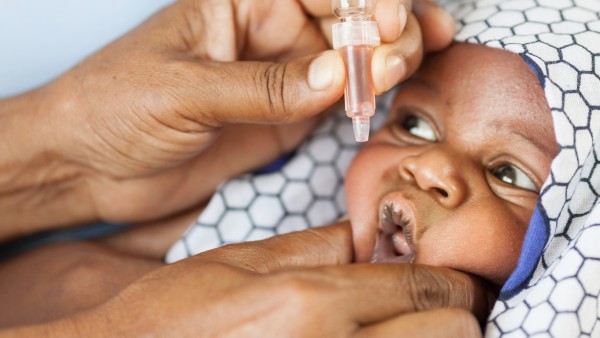

Data protection principles
If you click on one of the following icons, your data will be sent to the corresponding social network.
Privacy information